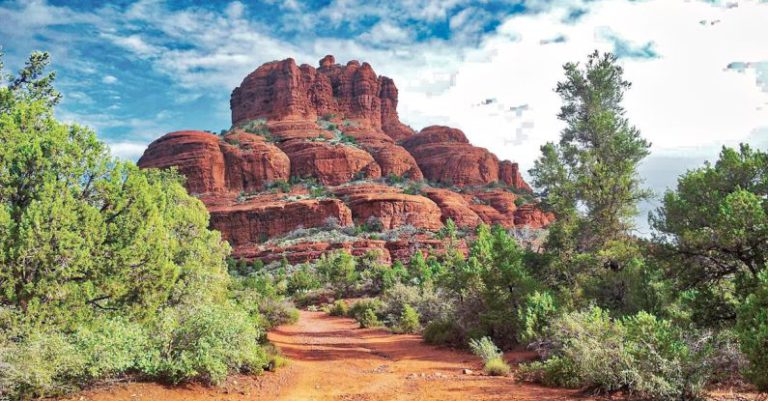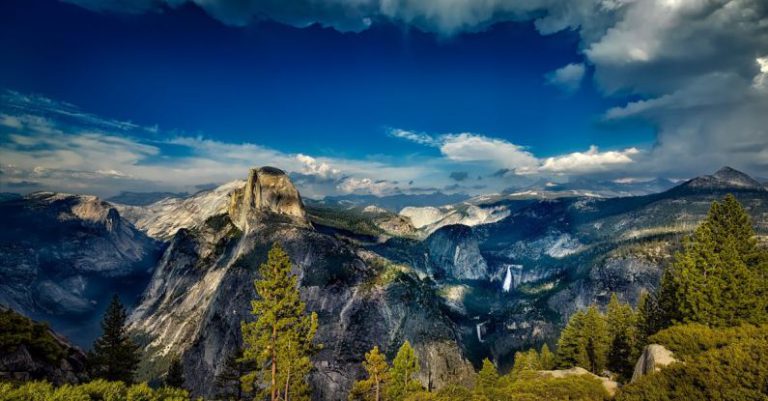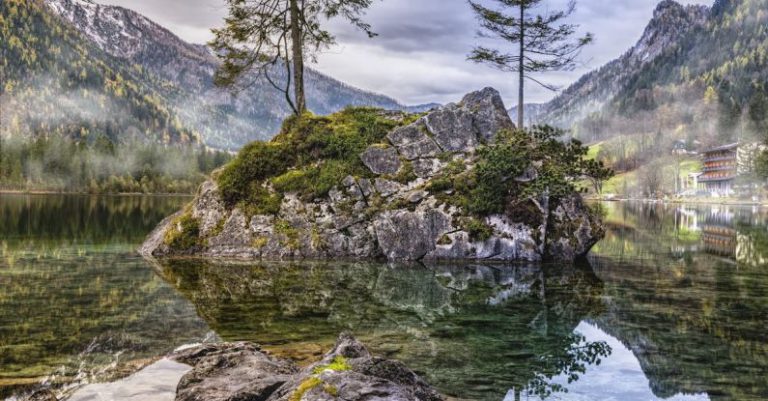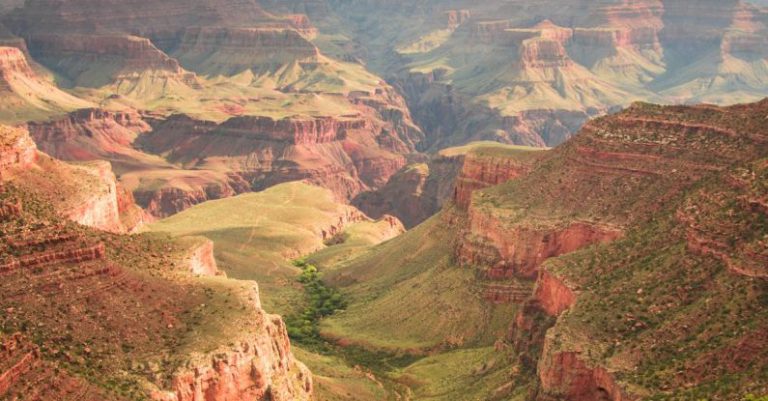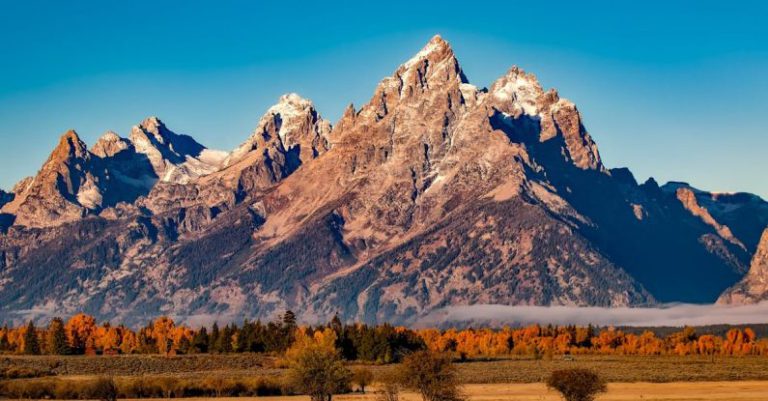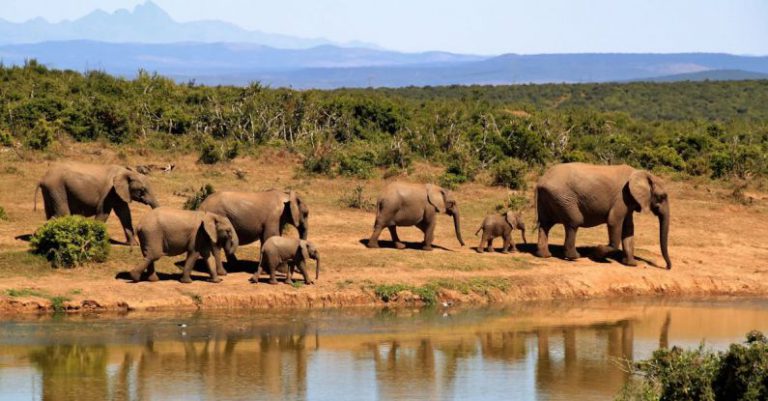
Yellowstone National Park, located primarily in the state of Wyoming, is a sprawling natural wonderland that boasts breathtaking landscapes, diverse wildlife, and unique geothermal features. Planning a trip to Yellowstone can be an exciting and rewarding experience, but it requires careful consideration and preparation to make the most of your visit. From deciding when to go to choosing where to stay, here is a comprehensive guide on how to plan a trip to Yellowstone National Park.
Choosing the Right Time to Visit
Selecting the right time to visit Yellowstone is crucial as the park experiences distinct seasons, each offering a different experience. Summer, from June to August, is the peak tourist season when the park is bustling with visitors. This period offers pleasant weather, with temperatures ranging from 70-80°F during the day. However, be prepared for crowds and higher accommodation prices.
For a quieter experience, consider visiting in the shoulder seasons of spring (April to May) or fall (September to October). During these times, you can witness the park’s stunning landscapes adorned with blooming wildflowers in spring or vibrant fall foliage in autumn. The weather may be more unpredictable, with cooler temperatures and potential snowfall in the fall, but you’ll have a chance to enjoy the park in relative tranquility.
Planning Your Itinerary
When planning your Yellowstone trip, it’s essential to create a flexible itinerary that allows you to explore the park’s key attractions while also leaving room for unexpected discoveries. Start by researching the park’s main points of interest, such as Old Faithful, Grand Prismatic Spring, and the Grand Canyon of the Yellowstone.
Consider how much time you have available and prioritize the areas you most want to see. Yellowstone is vast, so it’s unrealistic to try to see everything in a single trip. Instead, focus on specific regions of the park, such as the Upper Geyser Basin, Hayden Valley, or Lamar Valley, to make the most of your time.
Accommodation Options
Yellowstone offers a range of accommodation options to suit different preferences and budgets. If you prefer a rustic experience, consider staying at one of the park’s campgrounds, which offer a chance to immerse yourself in nature. Be sure to make reservations well in advance, as campsites fill up quickly, especially during the peak season.
For those seeking more comfort, Yellowstone also has a variety of lodges and cabins available within the park. These accommodations often book up early, so it’s advisable to make reservations as soon as your travel dates are confirmed. Alternatively, you can stay in one of the gateway towns near the park, such as West Yellowstone, Gardiner, or Cody, which offer a wider range of lodging options.
Packing Essentials
When preparing for your trip to Yellowstone, packing the right gear and essentials is key to ensuring a comfortable and enjoyable visit. Be sure to pack clothing suitable for the variable weather conditions, including layers that can be easily added or removed as needed. Additionally, sturdy footwear is essential for exploring the park’s trails and boardwalks.
Other essential items to pack include a reusable water bottle, sunscreen, insect repellent, binoculars for wildlife viewing, and a camera to capture the park’s incredible scenery. It’s also important to pack bear spray if you plan on hiking in bear country and to familiarize yourself with proper bear safety protocols.
Exploring the Park
Once you’ve arrived at Yellowstone, it’s time to start exploring the park’s wonders. Consider joining ranger-led programs and guided tours to gain insights into the park’s geology, wildlife, and history. These programs offer a unique opportunity to learn from knowledgeable park staff and enhance your overall experience.
Take advantage of the park’s extensive network of hiking trails to immerse yourself in Yellowstone’s natural beauty. Whether you prefer short strolls or challenging hikes, there are trails suitable for all abilities. Remember to practice Leave No Trace principles to help preserve the park’s pristine environment for future generations.
Enjoying Wildlife Viewing
Yellowstone is renowned for its diverse wildlife, including iconic species such as bison, elk, wolves, and grizzly bears. To increase your chances of wildlife sightings, visit early in the morning or late in the evening when animals are most active. Be sure to keep a safe distance from wildlife and never approach or feed them.
Consider bringing a pair of binoculars or a spotting scope to enhance your wildlife viewing experience. Keep an eye out for wildlife hotspots such as Lamar Valley, Hayden Valley, and the Madison River area, where you’re likely to encounter a variety of species in their natural habitat.
Reflecting on Your Yellowstone Experience
As your Yellowstone adventure comes to a close, take some time to reflect on the memories you’ve made and the experiences you’ve had in this incredible national park. Consider keeping a travel journal or creating a photo album to document your trip and preserve those special moments for years to come.
Remember that Yellowstone’s beauty and magic will always be here, waiting for your return. Whether you’re planning your next visit or reminiscing about your time in the park, Yellowstone’s timeless allure will continue to inspire and captivate you long after you’ve left its borders.
In conclusion, planning a trip to Yellowstone National Park requires careful consideration and preparation to ensure a memorable and enjoyable experience. By choosing the right time to visit, creating a flexible itinerary, selecting suitable accommodation, packing essential gear, exploring the park’s wonders, enjoying wildlife viewing, and reflecting on your experience, you can make the most of your Yellowstone adventure and create lasting memories that will stay with you forever.
